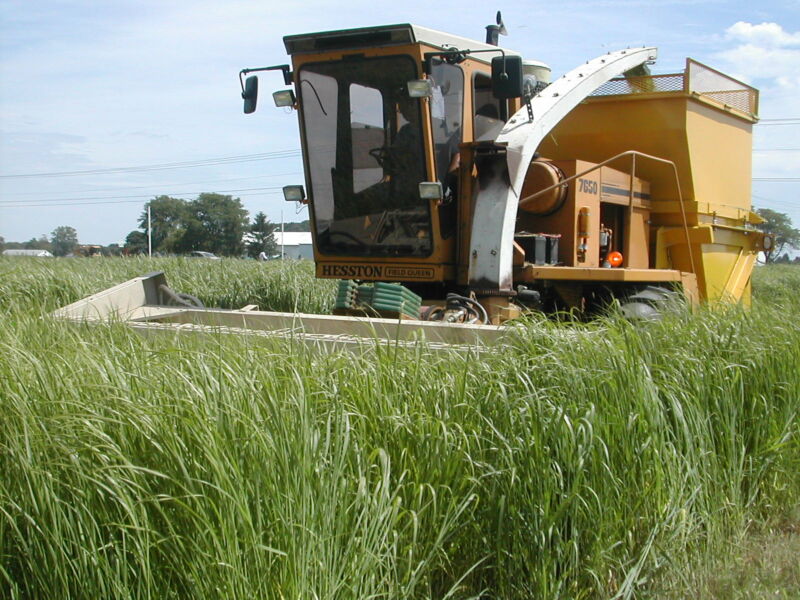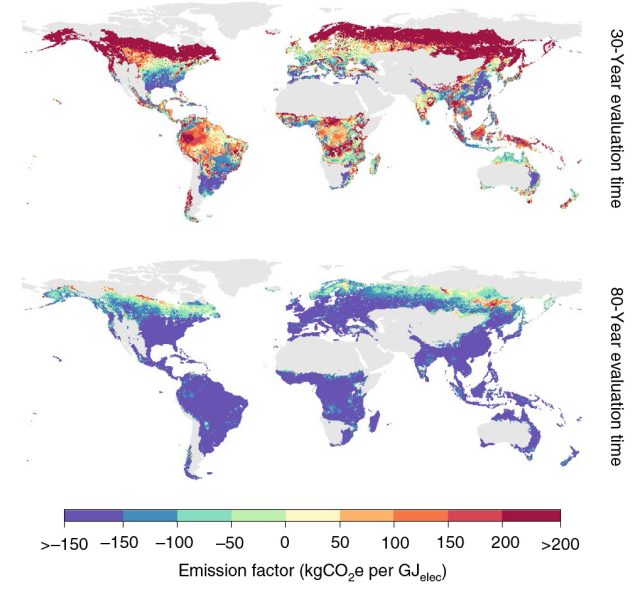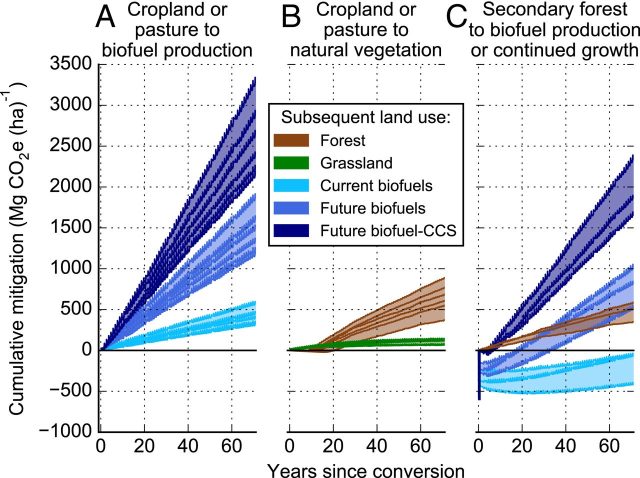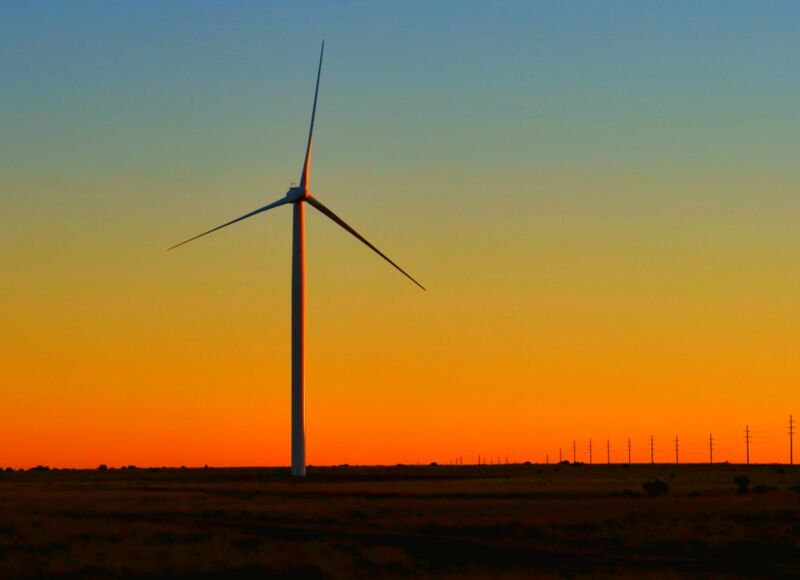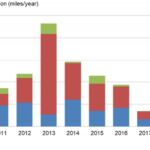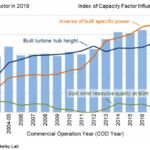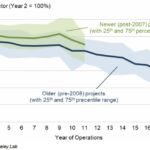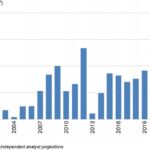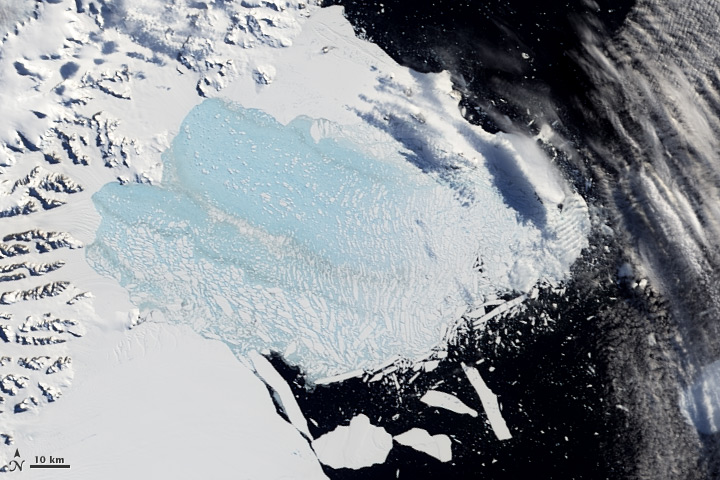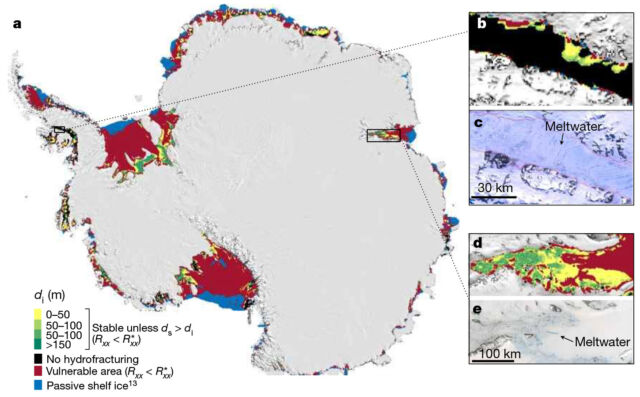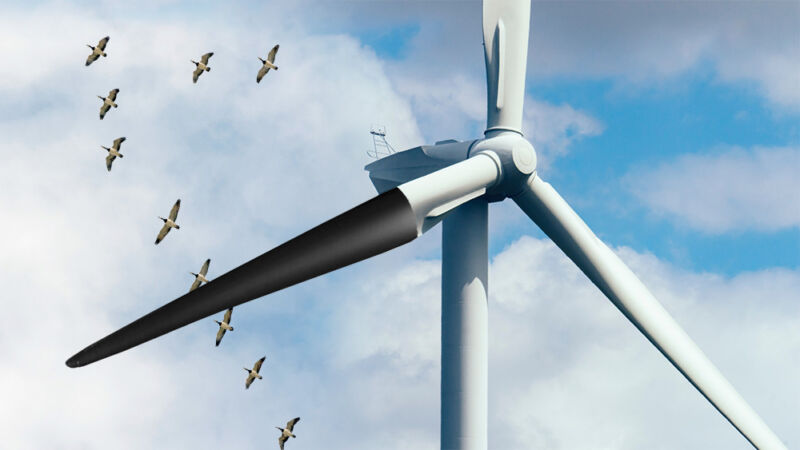Activists topple statue of Sir John A. Macdonald in downtown Montreal
'We must fight racism, but destroying parts of our history is not the solution,' says Quebec premier

A group of activists toppled a statue of Sir John A. Macdonald in Place du Canada in downtown Montreal on Saturday afternoon in the aftermath of a protest calling for the defunding of the police force.
A handful of people climbed the monument, tied ropes around the statue and held up banners before unbolting it and pulling it down. The falling statue's trajectory caused the head to fly off and bounce onto the cobblestones below. A video posted to social media captured the moment.
The incident took place following a peaceful march through downtown Montreal, one of several demonstrations held across Canada organized by a coalition of Black and Indigenous activists.
It was not clear what affiliation, if any, those who pulled down the statue had with the march. The falling statue appeared to catch other demonstrators, organizers and police by surprise. A march organizer, contacted by CBC Montreal, declined to comment.
A CBC journalist obtained a leaflet from a demonstrator who said it had been distributed to explain the act. The leaflet points to an online petition with over 46,000 signatures asking Montreal Mayor Valérie Plante to take down the statue.
"Sir John A. Macdonald was a white supremacist who orchestrated the genocide of Indigenous peoples with the creation of the brutal residential schools system, as well as promoting other measures that attacked Indigenous peoples and traditions," the leaflet reads in part.
Because of the city's inaction, "a diverse coalition of young activists" decided to act, the leaflet says, though it does not identify the coalition.
As of late Saturday afternoon, no arrests had been made.
Premier, mayor denounce vandalism
The statue of Macdonald, Canada's first prime minister, has been the site of repeated acts of graffiti in recent years, and it has often been covered in red paint.
It was also decapitated by unknown vandals in 1992. The Montreal Gazette reported at the time that a fax sent to media outlets claimed the act of vandalism was timed to commemorate the anniversary of the hanging of Louis Riel on Nov. 16, 1885.
On Twitter Saturday, Quebec Premier François Legault wrote that "whatever one might think of John A. MacDonald, destroying a monument in this way is unacceptable. We must fight racism, but destroying parts of our history is not the solution. Vandalism has no place in our democracy and the statue must be restored."
Earlier in the day, Jason Kenney, Legault's counterpart in Alberta, also used Twitter to decry the act and said Alberta would host the statue if Montreal didn't want it.
In a statement Saturday, Plante wrote that the city's public art office and heritage experts will coordinate the statue's restoration.
"I strongly deplore the acts of vandalism that took place this afternoon in downtown Montreal," she said in the statement.
She noted that some monuments are at "the heart of emotional debates," a reference to contemporary critiques of Macdonald's legacy and record on Indigenous issues — which includes establishing Canada's residential school system.
"I understand and share the motivation of citizens who want to live in a more just and inclusive society," her statement said. "But the discussion and the necessary actions must be carried out peacefully, without ever resorting to vandalism."
Plante said Montreal police would investigate.

A magnet for controversy
In recent years, concerns about Macdonald's actions and policies have made statues of the man targets of activists in cities across Canada.
In Victoria, B.C., city council voted to remove the statue from the steps of city hall as a gesture of reconciliation in 2018.
One in Charlottetown has been the frequent target of paint and the subject of a debate, with the city's council recently deciding to keep the statue — but begin a conversation with P.E.I.'s Indigenous community about how to present it.
With files from Sarah Leavitt and Radio-Canada
MONTREAL -- Montreal Mayor Valerie Plante condemned the destruction of a statue of Canada's first prime minister during a defund the police rally on Saturday.
Just before 3 p.m. in Montreal, the often-vandalized statue of John A. Macdonald at Place du Canada in the heart of Montreal was toppled by protesters.
The protest was scheduled to demand a reduction in police funding.
Related Stories
Statue of Dollard-des-Ormeaux vandalized by anti-colonialism activists in Montreal
City of Montreal looking to consult residents on 2021 budget through survey
Cost to run some municipal police departments has ballooned since 2015
Defund the police? This is how much Canadian cities spend
Outrage and calls to 'defund police' in Canada
Statue taken down today in so-called #Montreal #BlackLivesMatter #DefundPolice #manifencours #decolonize Kanada pic.twitter.com/0TYGayWUiK— Nore (@noreornot) August 29, 2020
Montreal police (SPVM) spokesperson Jean-Pierre Brabant confirmed that at around 2:45 p.m. the statue was toppled by protesters though police do not have any suspects at the moment.
SPVM officers asked protesters to leave the area over a loudspeaker once the statue was in pieces on the ground.
"People understood and they left," said Brabant.
In a statement, Plante said she strongly condemns "the acts of vandalism that took place this afternoon in downtown Montreal... Such gestures cannot be accepted or tolerated."
"We know that certain historical monuments, here and elsewhere, are at the heart of emotional debate. I reiterate that I prefer to put them in context rather than simply removing them. I am also in favour of adding monuments that will be more representative of the society to which we all aspire."
Plante said the city's public art office will coordinate to restore the statue.
View this post on Instagram

| Jaggi Singh on Instagram: “The racist John A. Macdonald statue in Montreal has fallen! It was taken down minutes ago by anonymous protesters at the end of the…” | |
The racist John A. Macdonald statue in Montreal has fallen! It was taken down minutes ago by anonymous protesters at the end of the #DefundThePolice demo.
A post shared by Jaggi Singh (@comradejaggi) on Aug 29, 2020 at 11:59am PDT
After the crowd dispersed, a perimetre was erected around the park.
No one was injured, and there were no other incidents during the protest, according to Brabant.
"The protest in general went really well," he said. "It's just the mischief at place du Canada that was a bit negative."
The statue has been the target of spray paint and vanalism many times over the past couple of years, as attention has been drawn to Canada's first Prime Minister's treatment of Indigenous and other marginalized peoples.
Newly elected Conservative leader Erin O'Toole criticized the actions of the protesters on Twitter.
Canada wouldn't exist without Sir John A. Macdonald. Canada is a great county, and one we should be proud of. We will not build a better future by defacing our past.
It's time politicians grow a backbone and stand up for our country. https://t.co/VdskHzFaRy— Erin O'Toole (@ErinOTooleMP) August 29, 2020

NATIONWIDE PROTEST
The protesters in Montreal joined others across Canadian to demand a reduction in police funding.
The Coalition for BIPOC Liberation is calling for a 50 per cent reduction in the budget reserved for the police to invest instead "in black and Indigenous communities."
Repost from @racialjusticecollective • Today is the day! Meet us at Place des Arts at noon, right in face of the metro,...Posted by The Coalition for BIPOC Liberation on Saturday, 29 August 2020
The group is also calling for the demilitarization of the police and "alternate community regulation to handle non-violent calls."
According to the group of activists, protests will also take place in Toronto, London, Montreal, Fredericton, Moncton and Halifax.
Calls to withdraw funding from police forces have multiplied in the United States, but also in Canadian cities since the death of George Floyd in the United States last May.
In a news release presented to the City of Montreal last week as part of a pre-budget consultation, the Fraternite des policemen et policieres de Montréal, which represents the 4,500 police officers of the SPVM, strongly opposed the defunding, saying that reducing the police budget will compromise public safety.
-- this report by The Canadian Press was first published Aug. 29, 2020.
https://plawiuk.blogspot.com/2020/08/black-lives-matter-protesters-topple.html





